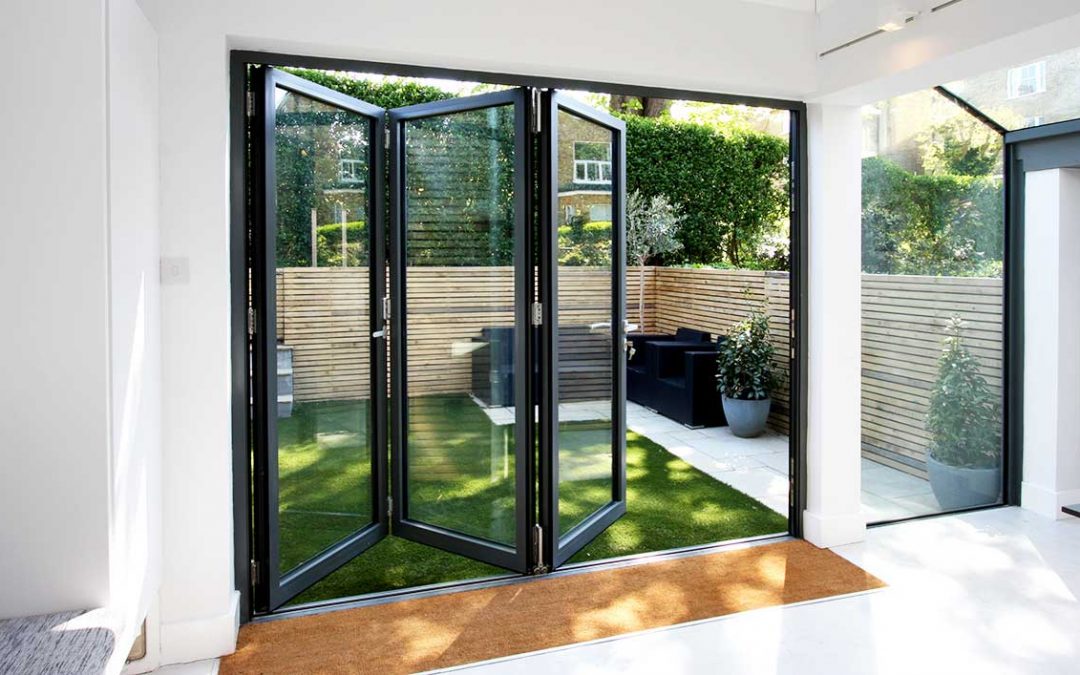All Categories
Featured
Table of Contents
5 Benefits Of Double Glazing Windows in Middle Swan Western Australia
Glazing just indicates the windows in your home, consisting of both openable and fixed windows, in addition to doors with glass and skylights. Glazing in fact simply implies the glass part, but it is typically utilized to refer to all aspects of an assembly consisting of glass, movies, frames and home furnishings. Taking notice of all of these elements will assist you to attain effective passive design.

Energy-efficient glazing makes your home more comfortable and significantly decreases your energy costs. However, unsuitable or inadequately developed glazing can be a significant source of undesirable heat gain in summer season and substantial heat loss and condensation in winter. Up to 87% of a home's heating energy can be gained and as much as 40% lost through windows.
Double Glazed Windows And Doors In Perth in Medina WA
Glazing is a substantial investment in the quality of your house. An initial financial investment in energy-efficient windows, skylights and doors can considerably reduce your yearly heating and cooling bill.

This tool compares window choices to a base level aluminium window with 3mm clear glass. Understanding some of the essential homes of glass will assist you to pick the finest glazing for your home. Key residential or commercial properties of glass Source: Adapted from the Australian Window Association The amount of light that passes through the glazing is referred to as visible light transmittance (VLT) or visible transmittance (VT).
Which Double Glazed Windows Are Best For Summer? in South Perth Western Australia
The U worth for windows (expressed as Uw), explains the conduction of the whole window (glass and frame together). The lower the U worth, the greater a window's resistance to heat flow and the better its insulating value.
If your home has 70m2 of glazing with aluminium frames and clear glass with a U worth of 6. 2W/m2 C, on a winter's night when it is 15C cooler outside compared with inside, the heat loss through the windows would be: 6. 2 15 70 = 6510W That is comparable to the overall heat output of a big room gas heating unit or a 6.
Double-glazing Versus Low-e Glass in Guildford Western Australia
![Best Way To Block Sun Heat From Windows [Professionally] in Swanbourne WA](https://apsdoubleglazing.com.au/wp-content/uploads/2019/10/UPVC-Double-Glazing-Ringwood.jpg)
If you pick a window with half the U worth (3. 1W/m2 C) (for instance, double glazing with an argon-filled gap and less-conductive frames), you can halve the heat loss: 3. 1 15 70 = 3255W The solar heat gain coefficient (SHGC) for windows (revealed as SHGCw) measures how easily heat from direct sunlight flows through a whole window (glass and frame together).
The lower a window's SHGC, the less solar heat it sends to your house interior. Glazing producers state an SHGC for each window type and style. The actual SHGC for windows is affected by the angle that solar radiation strikes the glass. This is known as the angle of incidence.
Glazing And Glass Options - Smarter Homes in Brigadoon Western Australia
When the sun is perpendicular (at 90) to the glass, it has an angle of occurrence of 0 and the window will experience the optimum possible solar heat gain. The SHGC stated by glazing manufacturers is always computed as having a 0 angle of occurrence. As the angle increases, more solar radiation is reflected, and less is sent.
Table of Contents
Latest Posts
Reglazing Single Glazed Windows With Double Glazed Units in White Gum Valley Western Australia
Replacement Double Glazing - Upvc Windows in Kingsley Perth
Energy Efficiency With Double Glazed Windows 2023 in Como Perth
More
Latest Posts
Reglazing Single Glazed Windows With Double Glazed Units in White Gum Valley Western Australia
Replacement Double Glazing - Upvc Windows in Kingsley Perth
Energy Efficiency With Double Glazed Windows 2023 in Como Perth